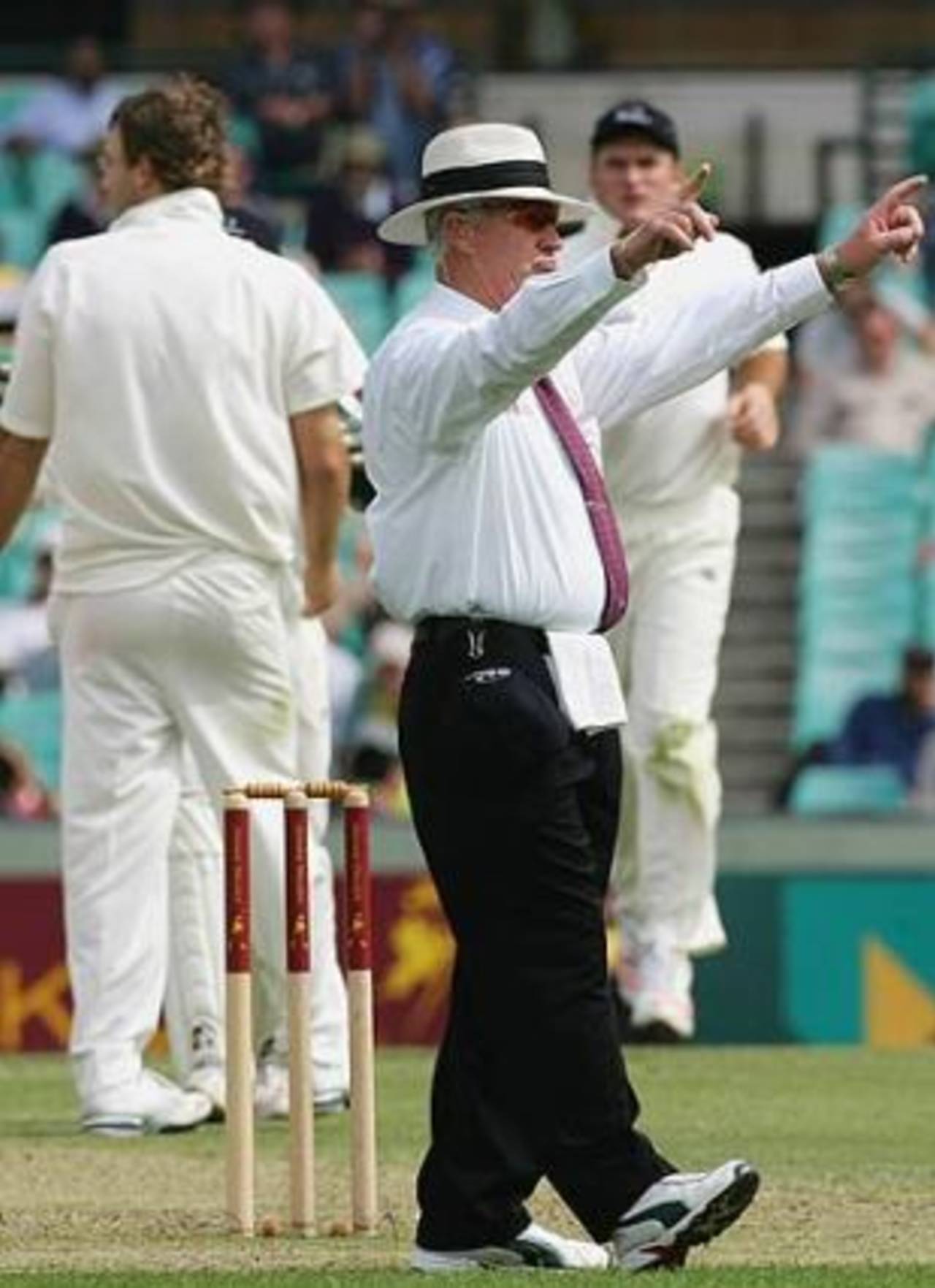The match referee and third umpire
Two officials who appeared on the cricket scene as it grew into a high-stakes sport: one to police it, the other to make it more error-free
Rahul Bhattacharya
26-Feb-2011

Television forced the authorities to bring in the third umpire • Getty Images
1991-1992
As cricket grew into a high-stakes sport, there was an increasing need for a neutral authority to oversee matches. Third-country umpires were fine to ensure impartial decision-making, but there were factors beyond their ambit: ground conditions, player facilities at a venue, and most importantly the tricky matter of keeping players from infringing the ICC's code of conduct.
Enter the match referee, an ICC-appointed official, and usually a former international player of repute. MJK Smith from England was the first appointee, when he officiated in the first two Tests during India's tour of Australia in 1991-92. On December 28, 1992, Aqib Javed became the first player to be suspended for a match by a referee when Peter Burge punished him for showing dissent against the umpires during an ODI in Napier. Essentially, cricket became more policed. It needed it.
But a high-stakes sport also needed greater accuracy in decisions. It was the advent of television, and in particular the slow-motion replay, that really began to undermine the authority of the umpire, exposing his every mistake. It became apparent that some kind of electronic back-up had to be made available to umpires, and in 1992 there appeared for the first time a third umpire or TV umpire, who could be consulted only for the decisions: run-outs, stumpings and boundaries.
The third umpire was a boon to fielders - fittingly it was Jonty Rhodes who claimed the first dismissal by this means, when South African umpire KE Liebenberg adjudged that he had run Sachin Tendulkar out in the first Test on India's tour of South Africa in 1992-93. Not only was the full value of the direct hit now felt, referrals to the third umpire also added a sense of theatre, with thousands of viewers waiting with bated breath for the red or green light to blink.
This article was first published in Wisden Asia Cricket magazine in 2003